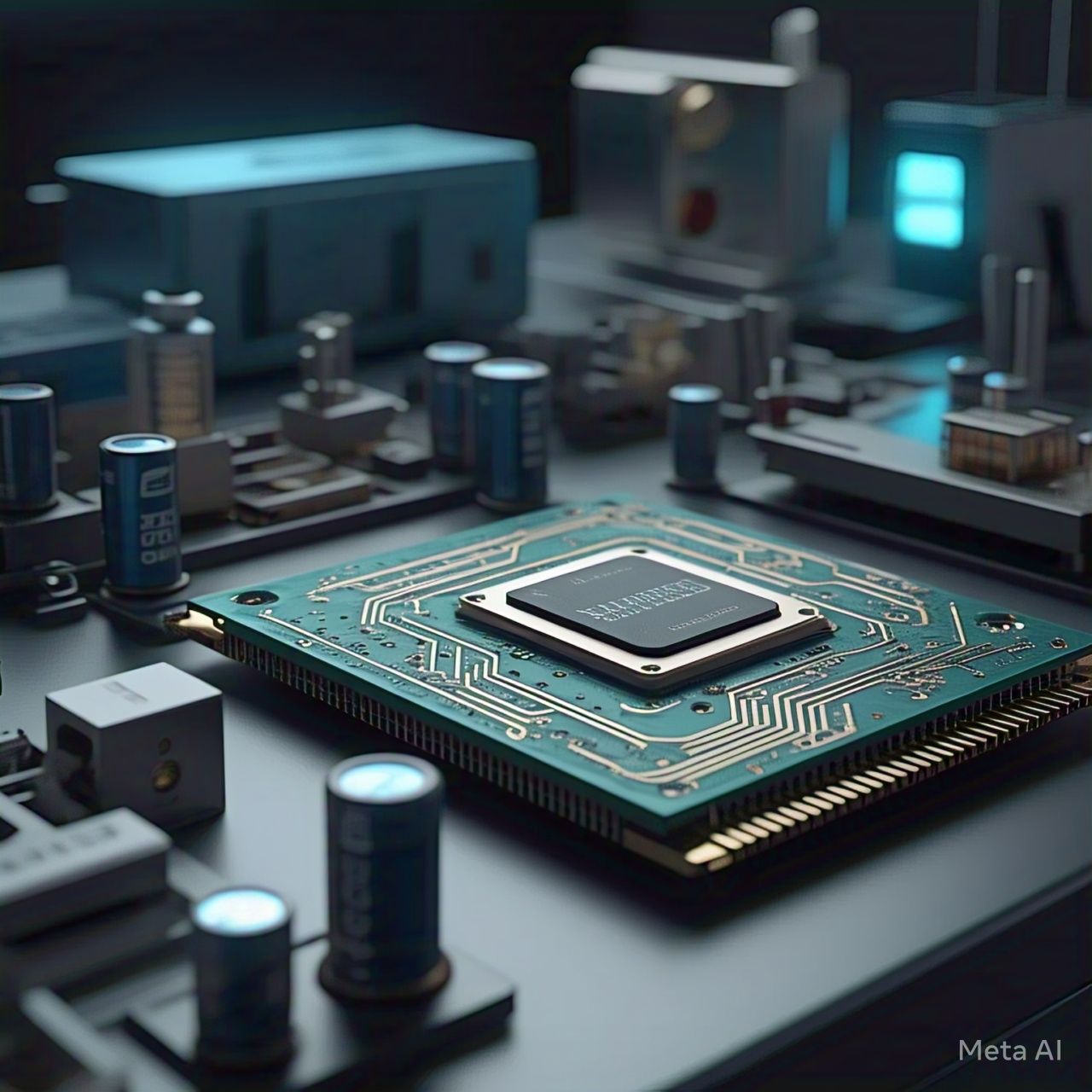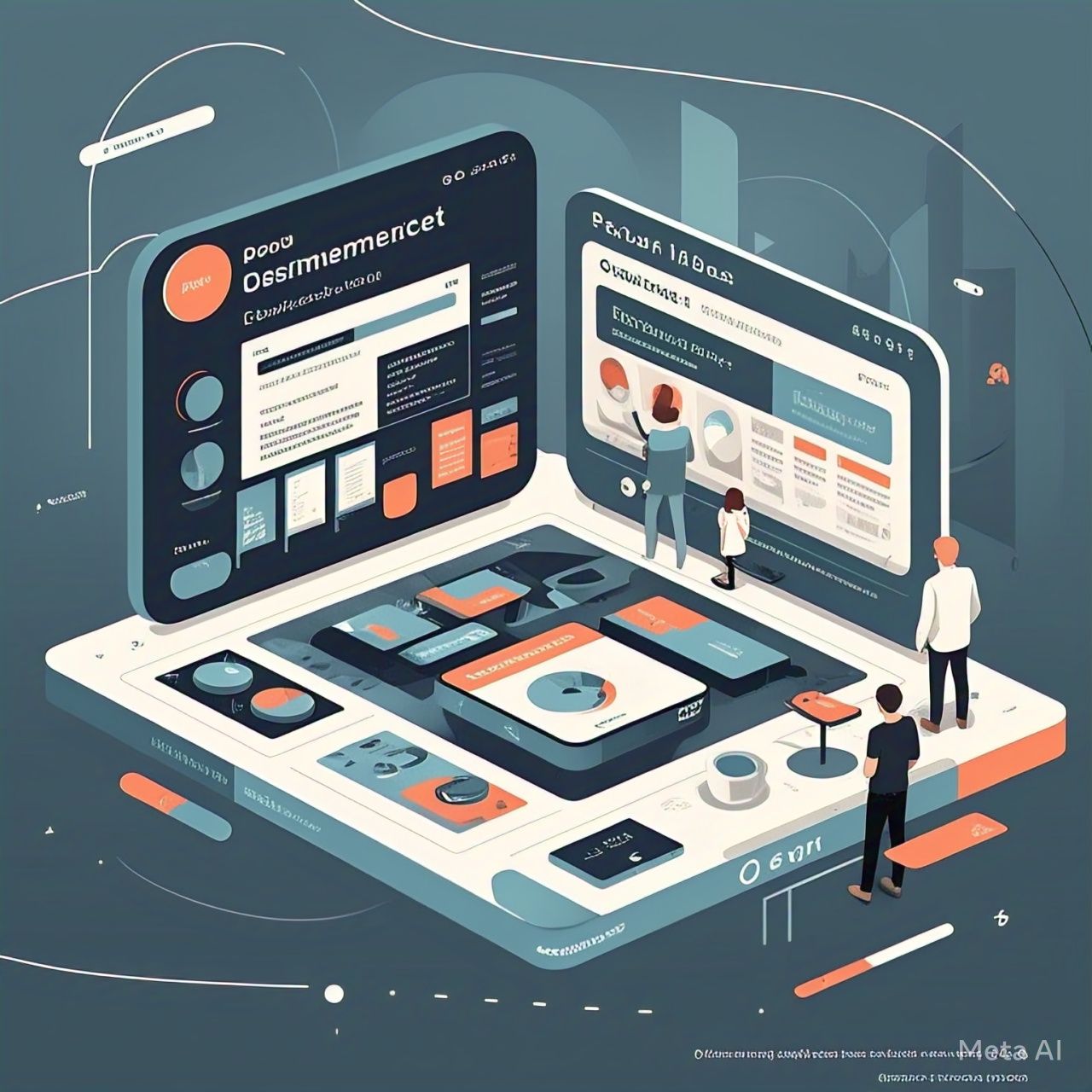Introduction
In the rapidly evolving world of artificial intelligence, AI-optimized microchips have emerged as a transformative force, redefining processing speed and efficiency. These advanced chips are specifically designed to handle complex AI computations, enabling faster data processing, reduced energy consumption, and unparalleled performance across various industries. From powering deep learning models to accelerating real-time decision-making, AI-optimized microchips are shaping the future of computing.
The Evolution of AI Microchips
Traditional processors, such as CPUs and even GPUs, were not originally built to handle the vast computational demands of AI applications. However, with the rise of deep learning, machine learning, and big data analytics, the need for specialized hardware has become apparent. AI-optimized microchips, including Tensor Processing Units (TPUs), Neuromorphic chips, and Field-Programmable Gate Arrays (FPGAs), are designed to execute AI workloads more efficiently.
Key Features of AI-Optimized Microchips
- Higher Processing Speeds – AI microchips leverage parallel processing and specialized architectures to perform calculations faster than traditional processors.
- Energy Efficiency – By optimizing AI workloads, these chips consume significantly less power while maintaining high performance, making them ideal for mobile and edge computing applications.
- Custom AI Acceleration – AI chips are tailored for specific tasks like natural language processing (NLP), computer vision, and neural network inference, enhancing performance in specialized applications.
- Real-Time Processing – AI-powered microchips enable instantaneous data processing, crucial for applications in autonomous vehicles, robotics, and financial markets.
AI Microchips in Action
- Healthcare: AI-driven microchips are revolutionizing medical imaging, drug discovery, and personalized medicine by accelerating data analysis and improving diagnostic accuracy.
- Autonomous Vehicles: These chips process vast amounts of sensor data in real time, enhancing safety and decision-making for self-driving cars.
- Financial Sector: AI-optimized chips power algorithmic trading, fraud detection, and risk analysis, enabling faster and more secure financial transactions.
- Smart Devices: From smartphones to IoT devices, AI microchips improve user experiences by enabling voice recognition, facial recognition, and predictive analytics.
The Future of AI-Optimized Microchips
The continued advancement of AI hardware promises even greater efficiency and innovation. Companies are investing heavily in next-generation microchips that will further push the boundaries of AI capabilities. Quantum AI processors, advanced neuromorphic computing, and 3D chip architectures are among the upcoming breakthroughs poised to reshape the technology landscape.
Conclusion
AI-optimized microchips are not just enhancing computing power—they are revolutionizing the way we interact with technology. By enabling faster processing speeds, greater efficiency, and real-time decision-making, these chips are driving AI applications across industries. As AI continues to evolve, so too will the hardware that powers it, making AI-optimized microchips an essential component of the digital future.




